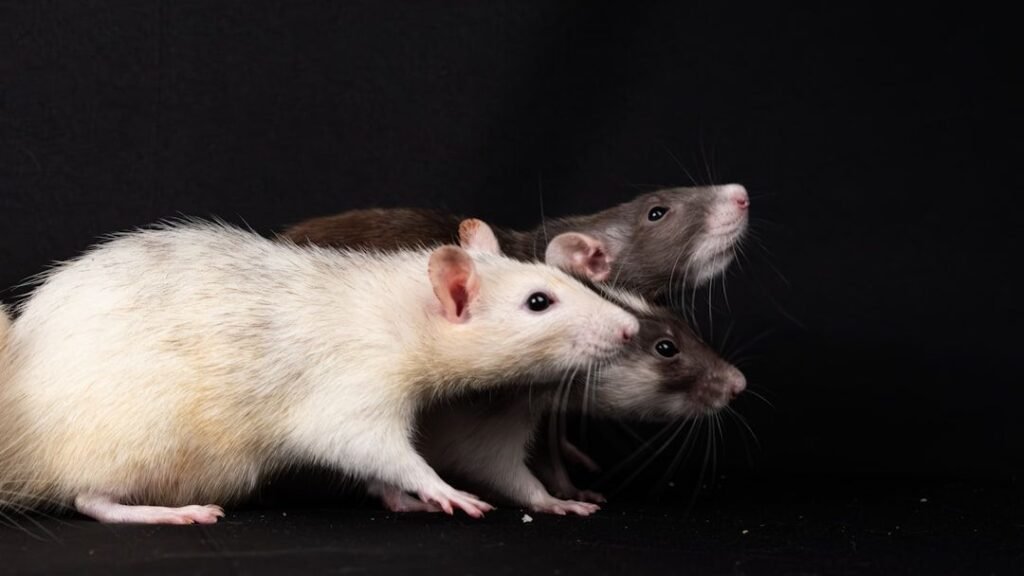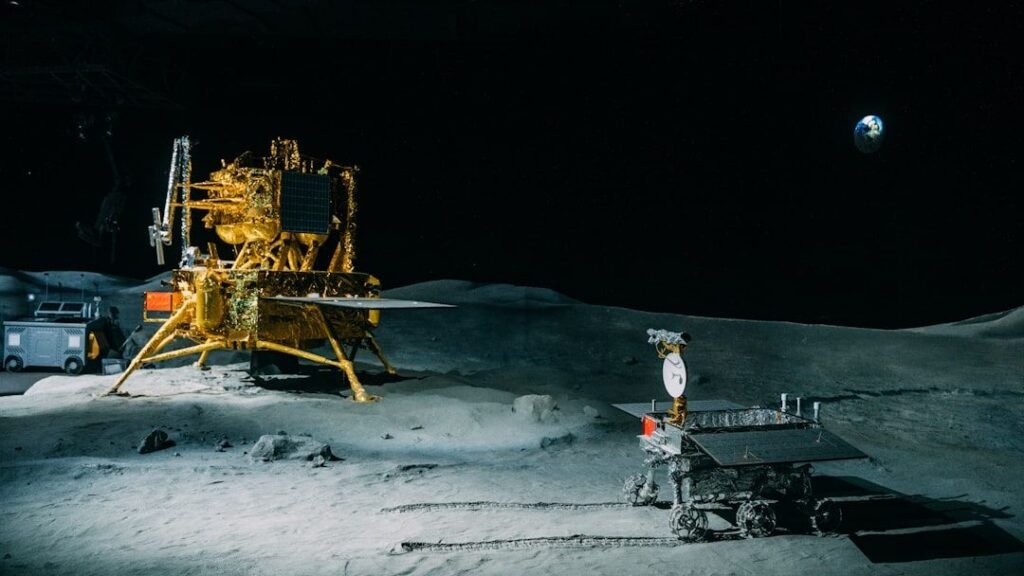They’ve been cast as villains, nuisances, or background extras, yet these species are quietly holding the line for Earth’s life-support systems. The story isn’t about a single hero but a network of animals that keep carbon moving, soils breathing, water flowing, and diseases at bay. As climate shocks stack up and ecosystems wobble, their hidden labor becomes less a curiosity and more a survival plan. The twist is simple: many of the creatures we fear or ignore are doing the heaviest lifting. Understanding what they do – and why – could change how we build policy, plan cities, and grow food.
The Hidden Clues: Sharks Keep Oceans in Check

What if the most feared fish in the sea is quietly protecting your next breath? Sharks sculpt the behavior of marine food webs, nudging grazers and predators into balance and preventing the kind of runaway booms that strip reefs and seagrass meadows bare. When sharks decline, mid-level predators often explode, overeating herbivores and triggering algae-dominated reefs that smother biodiversity.
The ripple reaches the atmosphere: healthy seagrass and kelp capture carbon, and sharks help those habitats persist by keeping pressure on the animals that would raze them. Some coastal studies have shown that when top predators patrol, turtles and fish feed more selectively, giving seagrass room to regrow. It’s a quiet choreography, not a movie leap from the depths, and it keeps blue carbon locked away in places we rarely see. Fear grabs headlines; ecological stability saves coastlines.
From Night Flight to Farm Fields: Bats as Pest Managers and Pollinators

It’s easy to focus on fangs and folklore, but bats are out at dusk doing farm work most of us never notice. Insect-eating species can peel back crop pests before they become outbreaks, sparing fields from chemical sprays and helping reduce costs for growers. Fruit- and nectar-feeding bats pollinate night-blooming plants and scatter seeds that stitch fragmented forests back together.
The payoff is practical: fewer pests, more pollination, and a little less pressure on soil and water. Some agricultural regions have estimated massive yearly savings from bat-driven pest control, a subsidy delivered on the wing. And in dry landscapes, bat-dispersed seeds help pioneer vegetation that anchors hillslopes against erosion. The next time you see a flicker at twilight, think less horror and more harvest.
Why Rotting Matters: Vultures as Public Health Workers

Scavengers make people squeamish, yet vultures perform a sanitation service that’s tough to replace. Their stomach acids neutralize dangerous pathogens that linger in carcasses, cutting off disease routes to dogs, livestock, and humans. In places where vulture numbers collapsed, carcasses have persisted longer, feeding feral dogs and potentially elevating bite-related illness risk.
When vultures thrive, rural communities benefit from cleaner landscapes and fewer scavenger surges that spark conflict. They’re nature’s fastest cleanup crew, removing biomass before microbes and vermin multiply. This isn’t just wilderness trivia; it’s a public health strategy with wings. Unloved does not mean unimportant – sometimes it means essential.
Rivers Rewritten: Beavers as Climate Adaptation Engineers

I once stood beside a beaver pond that looked like a messy accident until I noticed the dragonflies, the chorus of frogs, and the lush green ring in a dry summer. Beavers build dams that slow water, spread it across floodplains, and recharge the ground like a living sponge. Those ponds trap sediment, filter pollution, and create cool refuges for fish when heat waves hit.
During drought and wildfire, beaver-made wetlands can blunt disaster by storing water and dampening burn intensity at the edges. Their patchwork of ponds and channels also helps reconnect meadows and boost biodiversity. To some landowners, a felled tree feels like vandalism; to a watershed, it’s infrastructure. In an era of extremes, this buck-toothed engineer is a low-tech climate tool.
Small Builders, Big Buffers: Termites and the Drought-Resistant Landscape

Termites have a reputation as homewreckers, but in the wild they are master builders of resilience. Their mounds act like living air conditioners, regulating temperature and moisture while altering soil chemistry in ways that favor plant growth. By tunneling and mixing soils, termites improve infiltration, meaning scarce rain penetrates deeper and stays longer where roots can reach it.
In savannas and dry forests, vegetation often clusters around termite mounds, creating islands of fertility that resist drought better than surrounding land. That patchiness matters because it keeps landscapes productive when rainfall falters. Termites also help decompose tough plant material, returning nutrients to the cycle and supporting the next pulse of growth. The result is a landscape less brittle in the face of climate shocks.
Giant Gardeners: Elephants Shape Carbon‑Rich Forests

Elephants aren’t just charismatic; they’re heavy-duty foresters. By knocking back smaller trees and dispersing seeds of slow-growing giants, elephants can shift forests toward species that store more carbon per trunk. Their long-distance seed transport connects habitats that human development has chopped into pieces, giving tree populations a fighting chance to keep pace with warming.
On grasslands, elephants open dense thickets that would otherwise shade out grazing species, nudging a mosaic of habitats that supports everything from birds to big cats. In tropical forests, their selective feeding and trampling act like a natural thinning crew, which can boost growth in the most carbon-dense trees. Losing elephants doesn’t just silence a landscape; it can subtly tilt the carbon ledger in the wrong direction. Saving them stitches climate and biodiversity goals together.
Leviathan Loops: Whales, Nutrient Pumps, and Blue Carbon

Far offshore, whales move nutrients vertically and across vast distances, a service scientists sometimes call the whale pump. When whales feed at depth and surface to breathe and defecate, they ferry iron and nitrogen into sunlit waters where microscopic algae bloom. Those plankton draw in carbon dioxide, support fisheries, and fuel marine food webs from the bottom up.
Even in death, whales keep giving: their bodies sink to the seafloor, locking carbon away and creating rare deep-ocean oases that can last decades. Where whale populations rebounded after past hunting, productivity often ticked upward, a hint of how tightly these giant mammals are wired into ocean health. Restoring them isn’t nostalgia; it’s climate strategy. The biggest animals on Earth are also among its quietest climate allies.
Why It Matters: Rethinking Conservation Through Function, Not Fear

Traditional conservation often spotlights beauty, rarity, or danger, which can leave unglamorous species out of the plan. A function-first lens asks a different question: what jobs keep ecosystems stable, productive, and carbon-rich? By focusing on pest control, waste removal, water storage, and nutrient cycling, we see how bats, vultures, beavers, termites, elephants, sharks, and whales knit together a safety net that technology struggles to replicate.
The payoff for people is concrete – cleaner water, steadier crops, disease suppression, carbon storage, and buffered extremes. Rewriting policy around ecosystem services encourages investments in coexistence measures, from non-lethal predator management to beaver-friendly culverts and shipping speed limits in whale hotspots. It also reframes public attitudes: the creatures we once treated as threats become partners in resilience. Fear is a poor guide; function is a better compass.
The Future Landscape: Technologies, Trade‑offs, and What You Can Do Now

New tools are amplifying the work these animals already do. Satellite tags and acoustic arrays reveal shark highways that can guide smart fishing closures, while radar and thermal cameras map bat movements to fine‑tune wind turbine operations. Remote sensing now tracks beaver pond expansion after reintroduction, and AI models forecast where termite-driven soil islands could buffer drought. Shipping-speed policies, dynamic routing, and quieter propellers reduce whale strikes, and community patrols coupled with non-toxic veterinary drugs help vulture populations recover.
There are trade‑offs: farming near beaver wetlands needs adaptive drainage; safeguarding elephants demands corridors and conflict-prevention programs; and protecting sharks means facing tough choices about bycatch. You can move the needle by supporting habitat restoration groups, choosing seafood from well-managed fisheries, backing measures that reduce wildlife-vehicle and ship collisions, and encouraging farms that integrate natural pest control. Small steps – installing bat boxes, tolerating a beaver dam where feasible, advocating for vulture-safe veterinary practices – scale up when communities join in. Protect the jobs, and the planet’s life-support system keeps running.

Suhail Ahmed is a passionate digital professional and nature enthusiast with over 8 years of experience in content strategy, SEO, web development, and digital operations. Alongside his freelance journey, Suhail actively contributes to nature and wildlife platforms like Discover Wildlife, where he channels his curiosity for the planet into engaging, educational storytelling.
With a strong background in managing digital ecosystems — from ecommerce stores and WordPress websites to social media and automation — Suhail merges technical precision with creative insight. His content reflects a rare balance: SEO-friendly yet deeply human, data-informed yet emotionally resonant.
Driven by a love for discovery and storytelling, Suhail believes in using digital platforms to amplify causes that matter — especially those protecting Earth’s biodiversity and inspiring sustainable living. Whether he’s managing online projects or crafting wildlife content, his goal remains the same: to inform, inspire, and leave a positive digital footprint.




